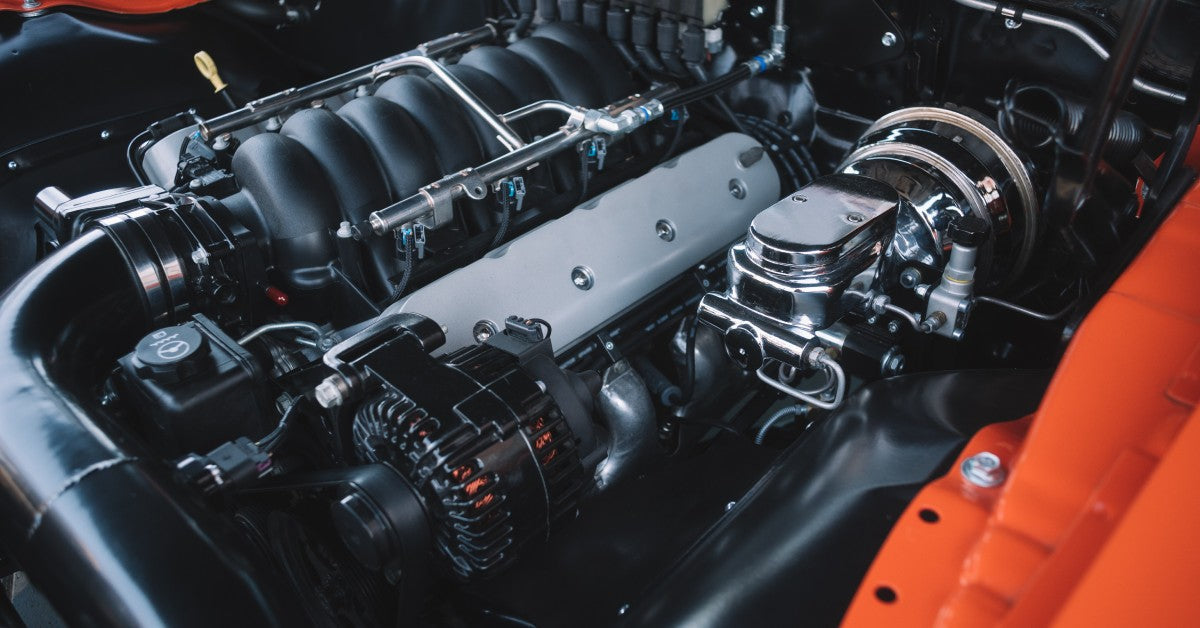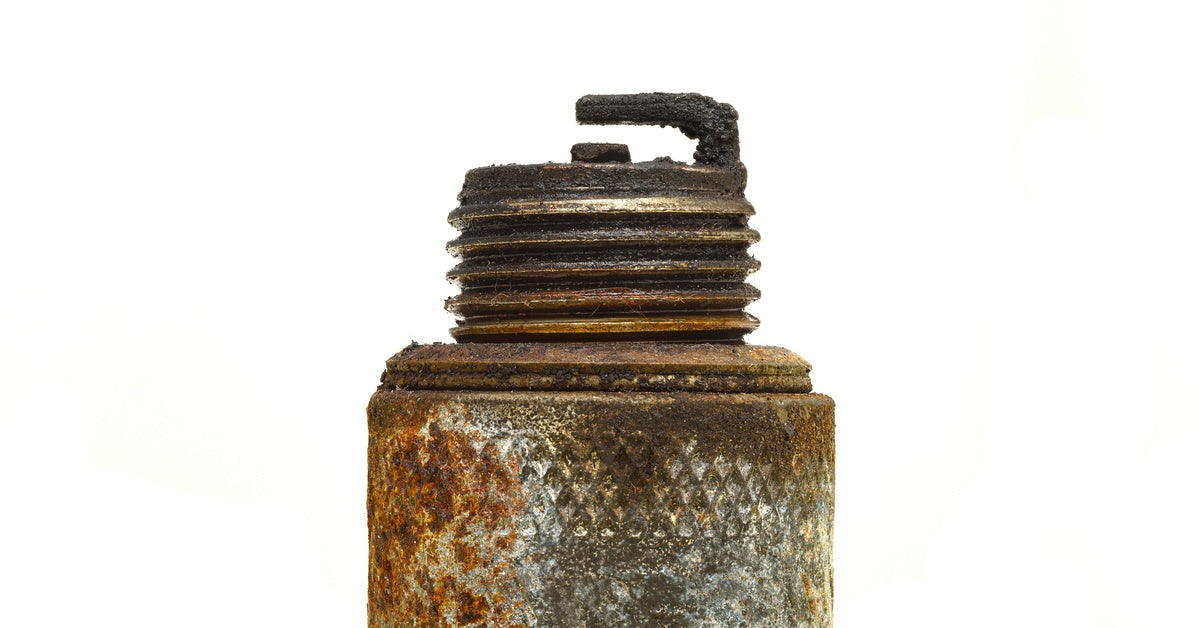
For a few years now, tire service shops across America have been offering Nitrogen-only filling services for tires. This has sparked great debate and begs the question, is it better to use Nitrogen instead of air? We're here to examine the facts.
The air around us contains about 78% Nitrogen, 21% Oxygen and 1% trace gasses and water vapor. The tricky part is the Oxygen. The theory is that the Oxygen molecules are small enough to pass through the tires, causing a decrease in air pressure over time. The main evidence for this is a tool, which tests the amount of Oxygen within a tire. The older the tire the lower the concentration of Oxygen. With Nitrogen molecules, being larger and unable to seep out, your tires should theoretically stay fully inflated longer, improving your handling and fuel economy.
Critics argue the point, saying that the entire theory is a scam. John Cadogan, host of Auto Expert TV, goes into great detail about why the Nitrogen service is just a lot of hot air. John makes the point that even if the 22% of the air in your tire, which is not Nitrogen were trying to hurt your tire, it still only accounts for about 1/5th of the gas in the tire. This means that instead of filling up your tires every 7 days with air, you'd have to refill them every 9 days with Nitrogen. Cadogan claims that the air loss people are experiencing is not the result of Oxygen within the tire, but leaking valves or poor tire fitting. He goes on to point out that Nitrogen molecules are 300 picometers (trillionths of a meter) in size while Oxygen molecules are 292 picometers, only 2.7% smaller and definitely not enough to lead to excessive leakage as claimed by Nitrogen enthusiasts.
Back on the "pro-Nitrogen" side, enthusiasts claim that the water vapor and Oxygen within the tire have a corrosive effect and can wear out tires more quickly. Cadogan combats this claim as well, pointing out that there are no known cases of a tire rim needing replacement due to corrosion. He also says that we don't replace our tires because of rubber corrosion, but because the tread has worn down. Plus, the outside of your tires are subjected to the full force of the elements, 24/7, and they perform quite well in nearly any climate.
Regardless of which side of the debate you're on, or what your experiences have been, when you look at the science, there really isn't that much difference between Nitrogen and air in a tire. While you may prefer one over the other, when the rubber meets the road, the numbers simply don't add up. While it is probably true that most drivers should invest their money in a good tire gauge, don't expect the racing community to stop using nitrogen anytime in the near future. With less moisture, nitrogen provides a more consistent air pressure at racing temperatures. But, those guys change tires multiple times a day and and a minimal benefit can make a difference in winning or losing.







